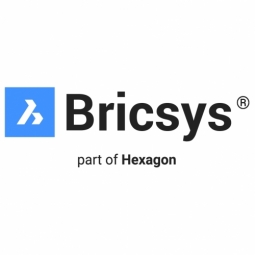技术
- 执行器 - 电动执行器
- 传感器 - 电导率传感器
适用行业
- 电网
- 可再生能源
适用功能
- 产品研发
用例
- 智能包装
- 虚拟原型与产品测试
服务
- 硬件设计与工程服务
关于客户
Dook Techniek 是一家位于荷兰的小公司,由 Jos Tacke 于 2008 年创立。该公司最初专注于电气工程、PLC 编程和可再生能源。然而,这些年来,它逐渐转向机械工程和机电一体化。该公司参与了各种项目,包括为客户创建标签印刷机。创始人 Jos Tacke 是一位具有前瞻性思维的人,他了解跟上行业数字化转型的重要性。他一直在寻找改善运营和提高数字技能的方法。
挑战
Dook Techniek 是一家荷兰小公司,由 Jos Tacke 于 2008 年创立。最初,该公司主要涉足电气工程、PLC 编程和可再生能源。然而,多年来,该公司已逐渐转向机械工程和机电一体化。该公司的创始人 Jos Tacke 正在为客户开展标签印刷机项目,其中涉及接收 3D 设计和机械零件并确保其组装。控制、液压、电气和安全设施应与客户协商后建造。行业的数字化转型让Jos意识到CAD软件的重要性。最初,他几乎不使用 CAD 软件,经常收到客户提供的带有尺寸的现成图纸。然而,随着数字绘图的出现,他必须保持自己的数字技能与时俱进。 Dook Techniek 使用 AutoCAD® LT 来支持其运营,但 Jos 正在寻找适用于机械工程的 3D 软件包,该软件包也可作为永久许可证提供。
解决方案
为了寻找更合适的 CAD 软件,BricsCAD 官方经销商 CADkoop 向 Jos 介绍了 BricsCAD Mechanical。 BricsCAD Mechanical 是一个用于机械工程的 3D 软件包,也可以作为永久许可证提供,这正是 Jos 所寻找的。他决定改用 BricsCAD Mechanical,因为它包含他作为机器制造商所需的所有工具,包括钣金、对 2D 绘图和 3D 建模的支持以及各种材料。而且,在 DWG 中一切都正常。除了 BricsCAD Mechanical 之外,Jos 还购买了 Communicator for BricsCAD 以导入和导出 STEP 文件。他希望将来能越来越多地使用 BricsCAD,因为他的绘图越好,他节省的时间就越多。 BricsCAD 教程对他的自学有很大帮助,如果他有什么不懂的地方,他可以快速联系 CADkoop 的联系人。
运营影响

Case Study missing?
Start adding your own!
Register with your work email and create a new case study profile for your business.
相关案例.

Case Study
Remote Monitoring & Predictive Maintenance App for a Solar Energy System
The maintenance & tracking of various modules was an overhead for the customer due to the huge labor costs involved. Being an advanced solar solutions provider, they wanted to ensure early detection of issues and provide the best-in-class customer experience. Hence they wanted to automate the whole process.
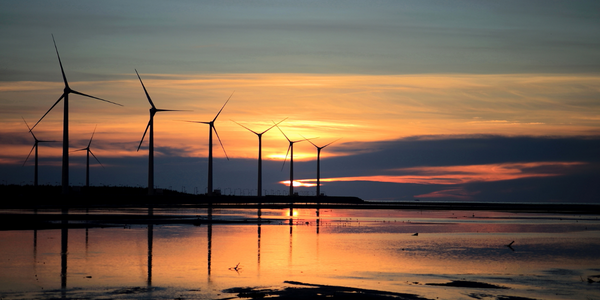
Case Study
Vestas: Turning Climate into Capital with Big Data
Making wind a reliable source of energy depends greatly on the placement of the wind turbines used to produce electricity. Turbulence is a significant factor as it strains turbine components, making them more likely to fail. Vestas wanted to pinpoint the optimal location for wind turbines to maximize power generation and reduce energy costs.
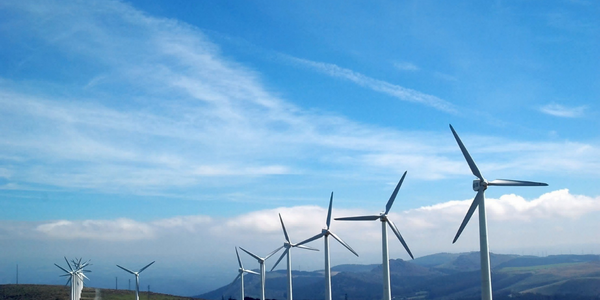
Case Study
Siemens Wind Power
Wind provides clean, renewable energy. The core concept is simple: wind turbines spin blades to generate power. However, today's systems are anything but simple. Modern wind turbines have blades that sweep a 120 meter circle, cost more than 1 million dollars and generate multiple megawatts of power. Each turbine may include up to 1,000 sensors and actuators – integrating strain gages, bearing monitors and power conditioning technology. The turbine can control blade speed and power generation by altering the blade pitch and power extraction. Controlling the turbine is a sophisticated job requiring many cooperating processors closing high-speed loops and implementing intelligent monitoring and optimization algorithms. But the real challenge is integrating these turbines so that they work together. A wind farm may include hundreds of turbines. They are often installed in difficult-to-access locations at sea. The farm must implement a fundamentally and truly distributed control system. Like all power systems, the goal of the farm is to match generation to load. A farm with hundreds of turbines must optimize that load by balancing the loading and generation across a wide geography. Wind, of course, is dynamic. Almost every picture of a wind farm shows a calm sea and a setting sun. But things get challenging when a storm goes through the wind farm. In a storm, the control system must decide how to take energy out of gusts to generate constant power. It must intelligently balance load across many turbines. And a critical consideration is the loading and potential damage to a half-billion-dollar installed asset. This is no environment for a slow or undependable control system. Reliability and performance are crucial.
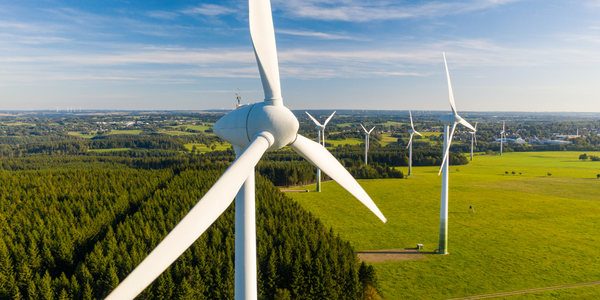
Case Study
Remote Monitoring and Control for a Windmill Generator
As concerns over global warming continue to grow, green technologies are becoming increasingly popular. Wind turbine companies provide an excellent alternative to burning fossil fuels by harnessing kinetic energy from the wind and converting it into electricity. A typical wind farm may include over 80 wind turbines so efficient and reliable networks to manage and control these installations are imperative. Each wind turbine includes a generator and a variety of serial components such as a water cooler, high voltage transformer, ultrasonic wind sensors, yaw gear, blade bearing, pitch cylinder, and hub controller. All of these components are controlled by a PLC and communicate with the ground host. Due to the total integration of these devices into an Ethernet network, one of our customers in the wind turbine industry needed a serial-to-Ethernet solution that can operate reliably for years without interruption.

Case Study
Temperature monitoring for vaccine fridges
Dulas wanted a way to improve the reliability of the cold chain, facilitating maintenance and ensuring fewer vaccines are spoiled. Dulas wanted an M2M solution which would enable them to record and report the temperature inside vaccine refrigerators.
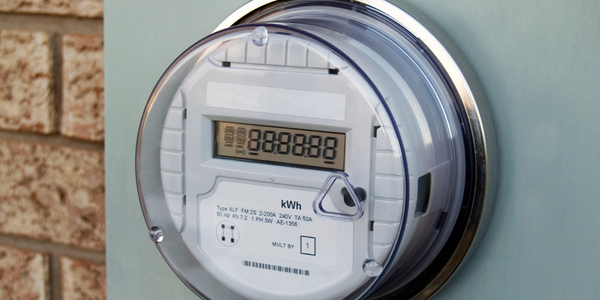
Case Study
Hydro One Leads the Way In Smart Meter Development
In 2010, Ontario’s energy board mandated that time-of-use (TOU) pricing for consumers be available for all consumers on a regulated price plan. To meet this requirement, Hydro One needed to quickly deploy a smart meter and intelligent communications network solution to meet the provincial government’s requirement at a low cost. The network needed to cover Hydro One’s expansive service territory, which has a land mass twice the size of Texas, and its customers live in a mix of urban, rural, and remote areas, some places only accessible by air, rail, boat or snowmobile. Most importantly, the network needed to enable future enterprise-wide business efficiencies, modernization of distribution infrastructure and enhanced customer service. To meet these needs, Hydro One conceptualized an end-to-end solution leveraging open standards and Internet Protocols (IP) at all communication levels. The utility drew upon industry leaders like Trilliant to realize this vision.




